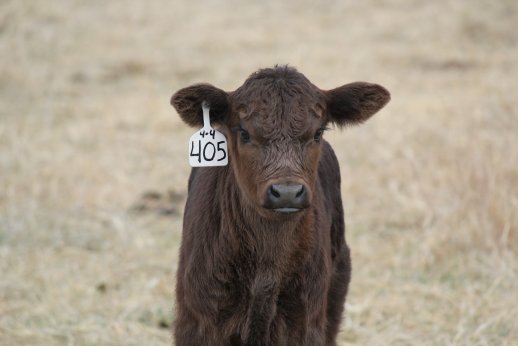
By Steve Tonn, UNL Extension Educator
The calving season is in full swing for many spring calving cow herds. Hopefully in a month or so calving season will be over and then off to spring and summer pastures. But before pasture season starts, take a look at your calving season. Make a tally of how long your calving season is and your calving sequence. How many days is it from first calf to last calf? How many calves were born in the first 21 days of the calving season; the next 21 days and so on? A USDA (2009) survey of cow calf operations showed that 54.5 % of the beef cattle operations accounting for 34.1% of all the beef cows did not have a set calving season. About one-third of the operations had a single breeding season, and these operations accounted for 48.4% of the beef cows. Of these operations with one breeding season, 69.7 % completed calving within 3 months with an average breeding season of 110 days.
A long calving season not only becomes tiresome because of the extra attention required at calving, but ends up using more feed resources and reduces calf weaning weights. The more days cows are eating an expensive lactation diet before actually lactating depletes feed resources and increases feed costs. In addition, calves are lighter weight at weaning as a result of age. This results in increased expenses and decreased revenue.
Body condition at calving also impacts the cow’s ability to rebreed. Cows and heifers with a body condition score of 6 (http://go.unl.edu/m8w) at calving will result in a higher percentage of females cycling at the start of the breeding season.
So what is a desirable length of calving season? A sixty day calving season is a practical goal. By having a 60 day calving season, producers will have fewer nights watching cows and fewer days tagging calves. Brood cow nutritional management can be improved when all the cows are in the same stage of production. This means more efficient use of feed resources. A short calving season results in a more uniform calf crop at marketing time.
Improving the nutrition, removing bulls earlier in the breeding season, using synchronization programs, and culling late calvers are tools to help shorten the calving season and make your operation more profitable. The strategy to use will depend upon how spread out your current calving season is and the number of cows in your herd.
Shortening the calving season is a cost effective program that can increase profit and reproductive performance of the herd with little to no input costs.
For more UNL Beef information go to http://beef.unl.edu